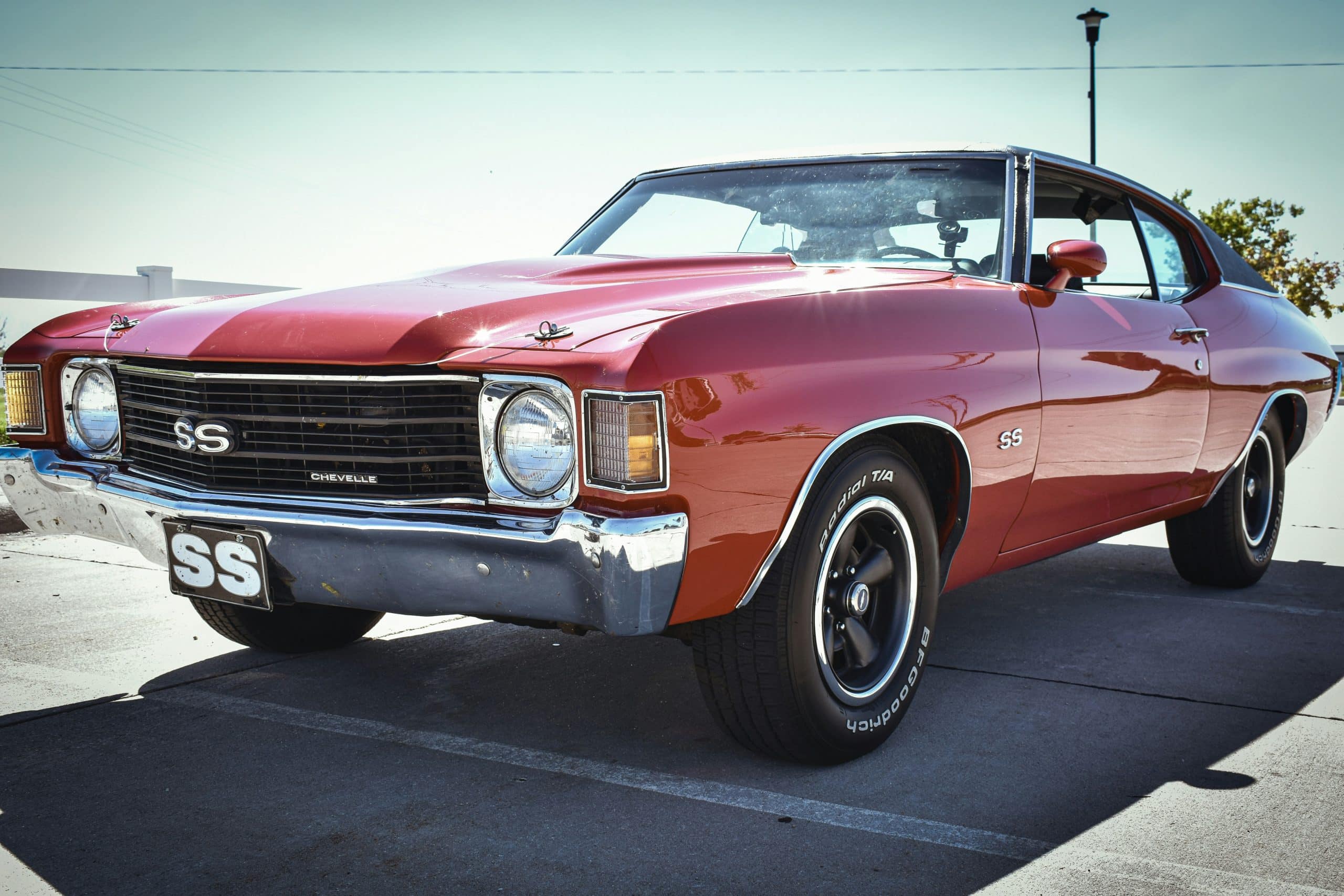How Does a Custom Tuned Suspension Setup Improve Track Performance and Comfort?

Have you ever wondered what attributes to a smooth, comfortable ride, whether on a bike or in a car? The answer lies in the suspension system. It’s an intricate system of springs, shock absorbers, and linkages that connects your vehicle to its wheels, allowing relative motion between the two. A well-tuned suspension system does not only improve your comfort but also increases the speed and performance of your vehicle on the track. This article delves into the intricate details of how a custom-tuned suspension setup can significantly improve your vehicle’s track performance and comfort.
Understanding the Basics of a Suspension System
Before we delve into the specifics of a custom suspension tuning, let’s have a grasp of the basics of a suspension system. The suspension system plays a crucial role in enhancing the handling and ride quality of your vehicle. It comprises multiple components including, the springs, shock absorbers, and air suspension that work in harmony to dampen the impact of irregularities on the road surface, hence, moderating the motion of the car body.
Sujet a lire : What Are the Considerations for Installing a High-Capacity Intercooler Tank?
A vehicle’s suspension system has three key functions: absorbing shocks from road bumps, maintaining constant tire contact with the ground for stability and control, and ensuring passenger comfort by dampening road noise, bumps, and vibrations. A well-maintained suspension system enables your vehicle to accelerate, travel at high speeds, and corner safely, thereby significantly enhancing its track performance.
The Role of Springs and Shocks in Suspension Systems
In enhancing your vehicle’s performance and comfort, the springs and shock absorbers play a pivotal role. The springs, whether coil, leaf, or torsion bar, absorb the initial energy from the road irregularities. The softer the springs are, the more the vehicle body will move during acceleration, braking, and cornering, which is known as body roll or pitch.
A lire en complément : Can Upgrading Your Vehicle’s Charge Pipes Improve Turbo Efficiency and Response?
Shock absorbers, or dampers, on the other hand, control the springs’ motion by turning kinetic energy into heat, which gets dissipated into the atmosphere. They control the rate of suspension movement while maintaining tire contact with the ground. The shocks contain oil, which creates resistance to control spring oscillations.
Custom-Tuned Suspension Setup
Now, let’s delve into the specifics of a custom-tuned suspension setup. As the name suggests, a custom-tuned suspension setup is tailored to fit specific vehicle and driver needs. This setup involves adjusting the springs, shocks, and other suspension components for optimal performance and ride comfort.
Suspension tuning usually affects two main elements: damping and rebound. The compression damping controls how your suspension compresses under force, such as when you hit a bump or turn a corner. On the other hand, rebound regulates how fast the suspension returns to its original position after being compressed. Custom-tuning involves adjusting these mechanisms to suit specific performance needs.
Improving Track Performance and Comfort through Custom Tuning
Custom-tuning your vehicle’s suspension will enhance both the track performance and comfort of your vehicle. By fine-tuning the compression and rebound settings, it’s possible to find a perfect balance that will give your vehicle stability and control at high speed, a critical requirement for track performance.
The custom setup will also reduce the sag of your vehicle, which refers to the difference in height between the vehicle unloaded and loaded. Reducing the sag will increase the ground clearance, thereby enhancing the handling abilities of the car or bike. It will also improve the comfort of the ride, as the vehicle won’t bottom out on bumps or potholes.
As you can see, a well-tuned suspension has immense benefits for both track performance and comfort. It’s the lifeline that keeps your vehicle stable and comfortable to ride or drive, making each journey pleasurable and safe. Whether you’re a professional racer or an everyday rider or driver, investing in a custom-tuned suspension setup will have significant benefits for your vehicle’s performance and your overall ride experience.
Mastering the Art of Suspension Tuning
Now that we’ve understood the basics of a suspension system and how a custom-tuned setup can improve track performance and comfort, let’s explore the nuances of tuning suspension springs, dampers, and other components.
The first aspect is the spring rate, which refers to the amount of force required to compress the spring by a certain distance. It’s measured in pounds per inch (lb/in) or kilograms per millimeter (kg/mm). A higher spring rate means a stiffer spring, and a lower spring rate means a softer spring. Tuning the spring rate involves adjusting it based on the weight of the car or bike and the nature of the track. For instance, a high-speed track with smooth surfaces may require a stiffer spring rate, while a low speed, uneven track might demand a softer spring rate.
Another essential factor in suspension tuning is compression damping and rebound damping. Compression damping controls how quickly the suspension compresses when it encounters a bump, while rebound damping regulates how fast the suspension returns to its normal position after compression. In a custom setup, these damping rates are typically adjusted for the front rear and rear suspension separately to achieve the desired handling characteristics at high speed and low speed.
The ride height also plays a critical role in suspension tuning. It refers to the distance between the base of your vehicle and the ground. Altering the ride height can change the center of gravity, which can affect the handling and stability of the car or bike. A lower ride height can lower the center of gravity, leading to better cornering ability, while a higher ride height can increase ground clearance, offering better off-road performance.
Lastly, sway bar adjustments can also make a significant difference in the vehicle’s handling. The sway bar, also known as the anti-roll bar, helps reduce body roll during cornering. By adjusting the sway bar’s stiffness, you can control the vehicle’s understeer and oversteer characteristics, improving overall stability and control.
Conclusion: The Road to Unmatched Performance and Comfort
In conclusion, a well-tuned suspension setup is pivotal to your vehicle’s performance and ride comfort, especially under high-speed and low-speed track conditions. By adjusting the spring rates, compression rebound, and ride height, you can drastically improve the handling and stability of your car or bike.
Moreover, with a tuned suspension setup, you’re not just enhancing your vehicle’s track performance but also making every ride more comfortable and pleasurable. It alleviates the issues of car bottoming out on bumps or the discomfort caused by road noises and vibrations. Whether you are a professional racer aiming for improved track times or an everyday rider seeking a smoother ride, investing in suspension tuning is a worthwhile endeavor.
Remember, the art of car tuning or suspension tuning for a motocross bike or any vehicle isn’t solely about engine tuning. It’s more about finding the perfect balance between various elements—spring rate, damping, ride height, and sway bar adjustments— to create a harmonious symphony of speed and comfort. With the right know-how and a bit of experimentation, you can transform your vehicle to reach its maximum potential, fundamentally enhancing your overall driving or riding experience.
